Data Warehousing: A data warehouse serves as a secure electronic repository where organizations store and manage information. Its primary objective is to accumulate historical data that can be retrieved and analyzed to gain valuable insights into an organization’s operations.
Business Intelligence (BI) encompasses the infrastructure used by modern businesses to track their past performance, failures, and inform future decisions. A data warehouse is a pivotal component within this framework.
Key Points about Data Warehousing:
- Storage of Information: Businesses or organizations store information over time.
- Periodic Data Addition: New data is added periodically by various key departments like marketing and sales.
- Library of Historical Data: The warehouse serves as a repository of historical data for analysis and decision-making.
How Data Warehousing Functions:
The concept of data warehousing evolved as businesses started relying on computer systems to create, manage, and retrieve critical documents. In 1988, IBM researchers Barry Devlin and Paul Murphy introduced the concept.
Data warehousing facilitates the analysis of historical data. By consolidating data from various sources, businesses gain insight into their performance. A data warehouse enables users to run queries and analyses on historical data from transactional sources.
Data within a warehouse remains static and cannot be altered. The stored data aids in analyzing past events and changes over time. The warehouse must securely store, retrieve, and manage data for seamless operations.
Data Warehouse Maintenance:
- Data Extraction: Gathering extensive data from multiple sources.
- Data Cleaning: Reviewing data for errors and rectifying or excluding them.
- Format Conversion: Converting cleaned data from a database to a warehouse format.
- Sorting and Summarizing: Organizing data for ease of use and analysis.
- Continuous Data Addition: Regular addition of new data from updated sources.
Prominent resources on data warehousing include W. H. Inmon’s “Building the Data Warehouse,” a comprehensive guide first published in 1990. Today, companies can invest in cloud-based data warehouse services offered by various tech giants.
Data Mining:
Data mining is the primary purpose behind warehousing data. It involves uncovering information patterns to improve business processes. A robust data warehousing system facilitates departments within a company to access and analyze each other’s data for informed decision-making.
Architecture of Data Warehousing:
Designing a data warehouse involves various tiers, including single-tier, two-tier, and three-tier architectures. Each tier has its distinct purpose and suitability based on the system’s needs.
Data Warehouse vs. Database:
A database handles real-time data updates, while a data warehouse aggregates structured data over time. For instance, a database may contain the most recent customer address, while a data warehouse may store a customer’s past ten years of addresses.
Data Warehouse vs. Data Lake:
Data lakes contain raw, undetermined data, whereas data warehouses store refined data used for specific purposes. Data lakes are primarily used by data scientists, while data warehouses serve business professionals.
Data Warehouse vs. Data Mart:
Data marts are smaller versions of data warehouses focusing on specific subject areas. They function as subsets to analyze and report on specific departments’ data for making informed business decisions.
Advantages and Disadvantages:
Advantages:
- Fact-based analysis for informed decision-making.
- Historical archive of relevant data.
- Shared across departments for maximum utility.
Disadvantages:
- Resource-heavy creation and maintenance.
- Input errors impacting data integrity.
- Inconsistencies from multiple sources affecting data accuracy.
Purpose and Stages of Data Warehouse Creation:
A data warehouse serves as an information storage system for historical data analysis. It undergoes seven stages from determining business objectives to implementing the plan.
SQL and Data Warehousing:
SQL (Structured Query Language) is not a data warehouse but a language used to interact with databases. It’s the standard language for relational database management systems.
ETL in Data Warehousing:
ETL (Extract, Transform, Load) is a data process that combines information from multiple sources into a single data storage unit for use in data analytics and machine learning.
Conclusion:
A data warehouse forms an essential repository of information for organizations to analyze their business performance over time. It’s a key resource aiding informed decision-making across various business departments.
Get the latest supply chain report news insights at The Supply Chain Report. For international trade resources, visit ADAMftd.com.
#DataWarehousing #BusinessIntelligence #DataStorage #HistoricalData #DataAnalysis #CloudData #ETLProcess #DataMining #DataArchitecture #SQLInDataWarehousing #DataLake #DataMart #DataManagement #TechSolutions #BusinessPerformance

















